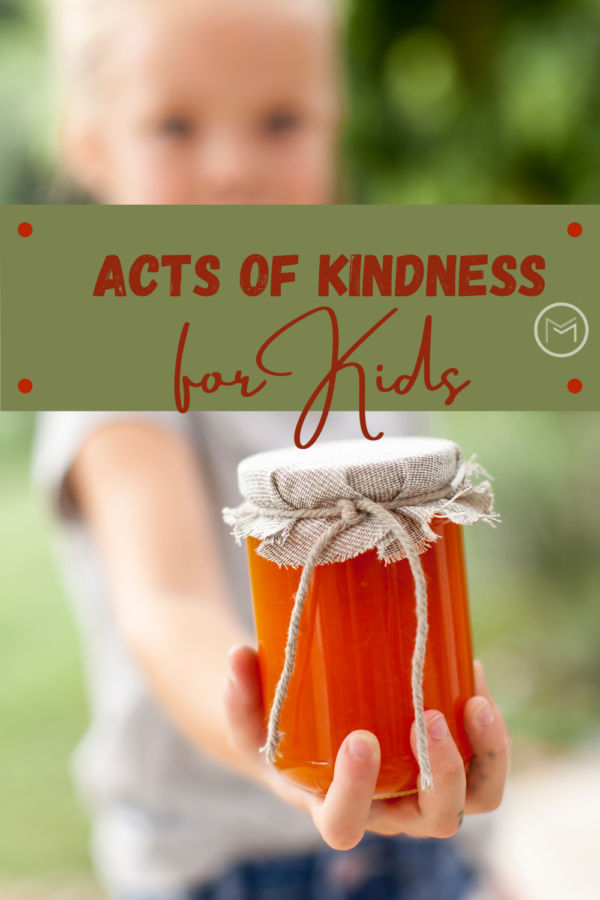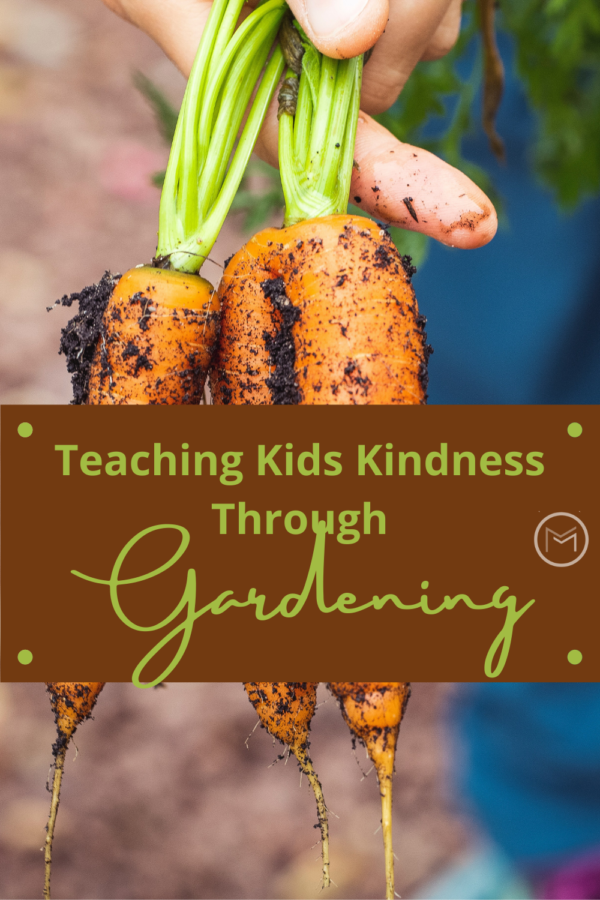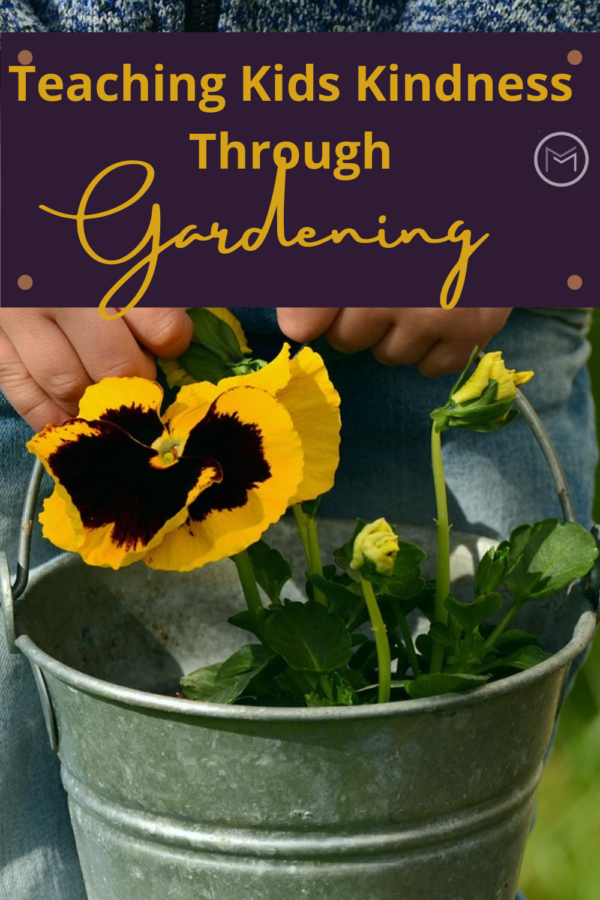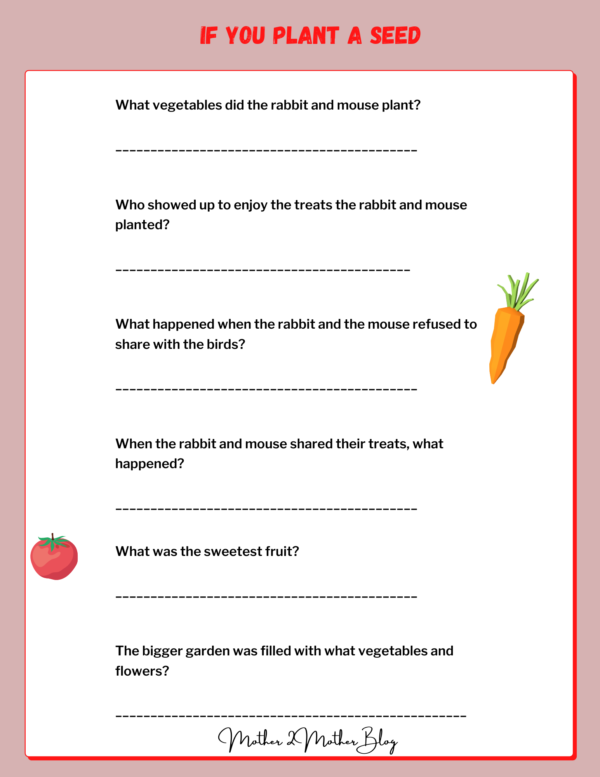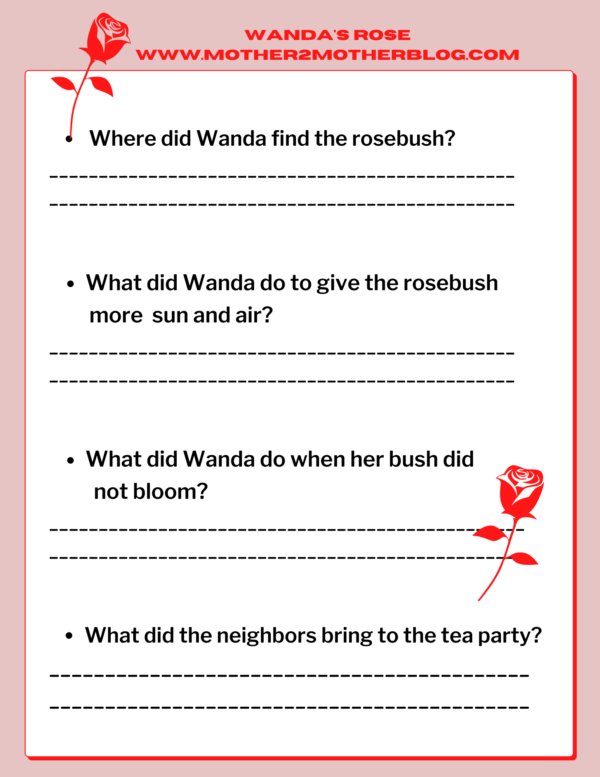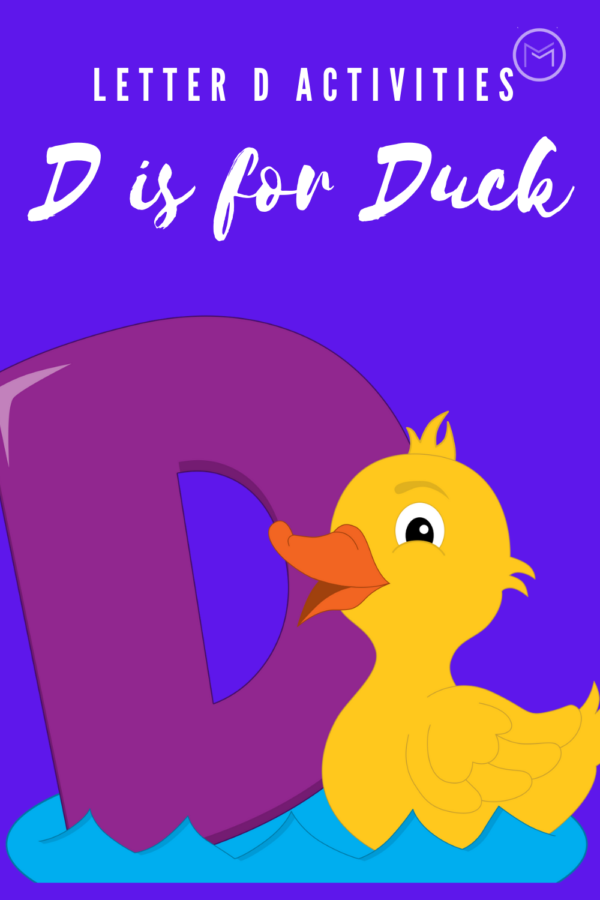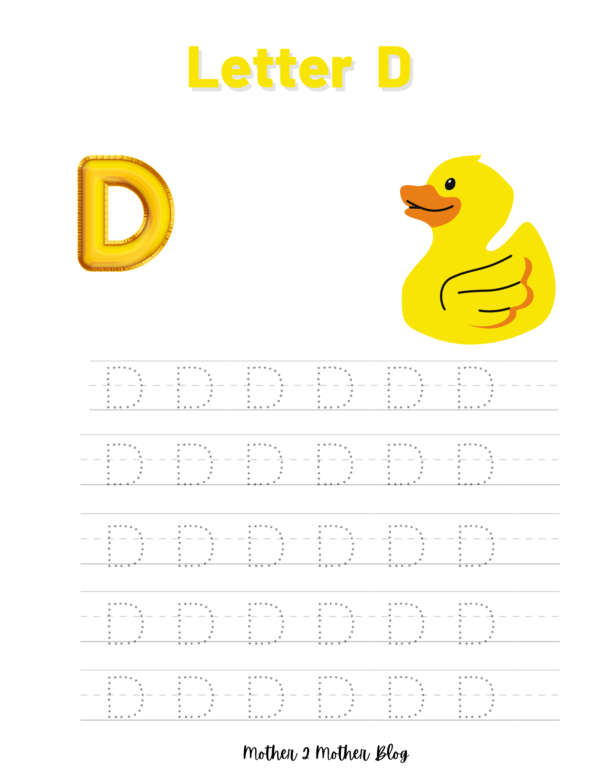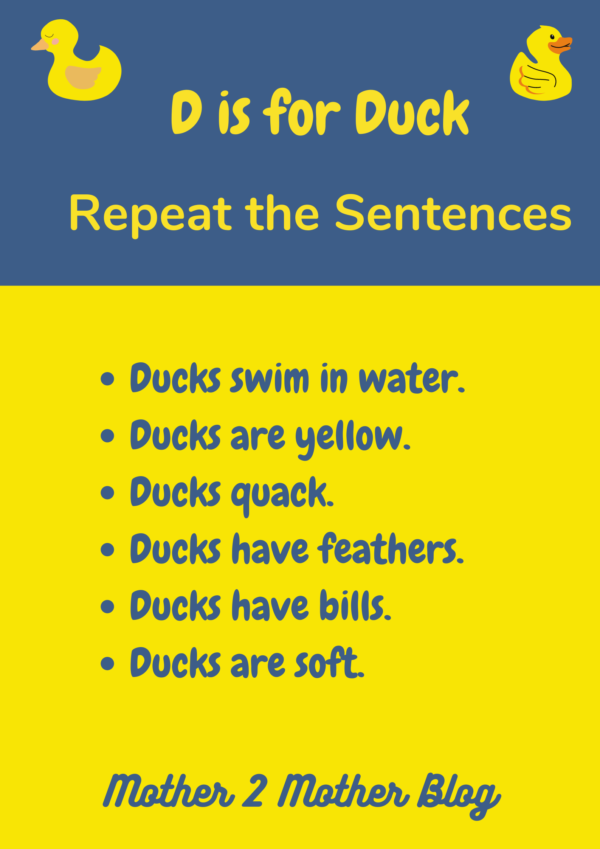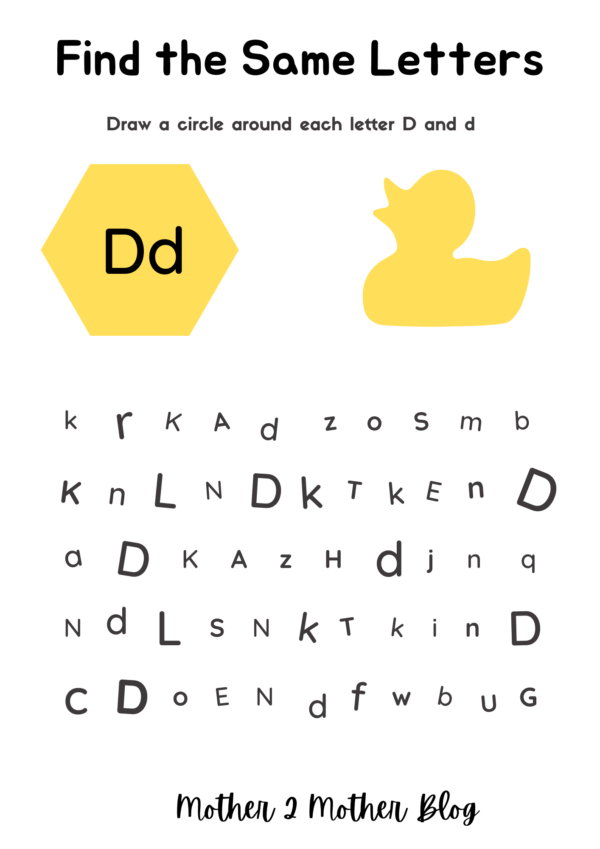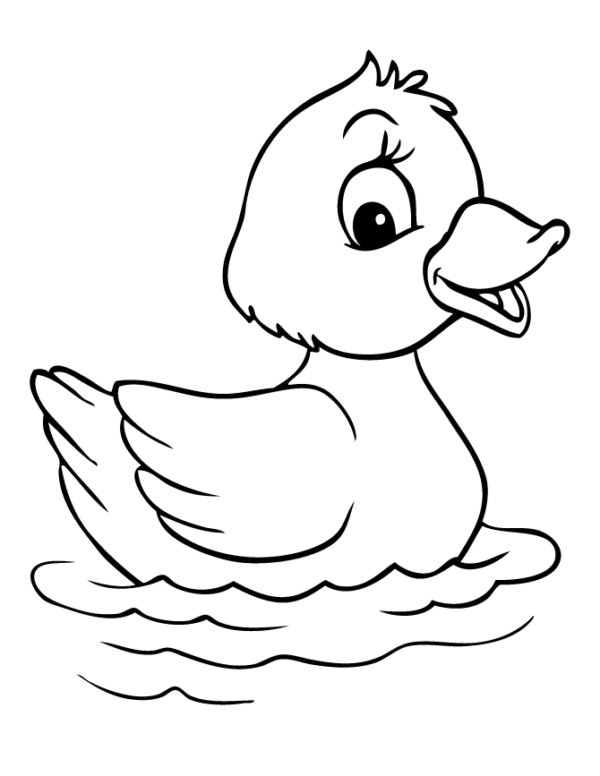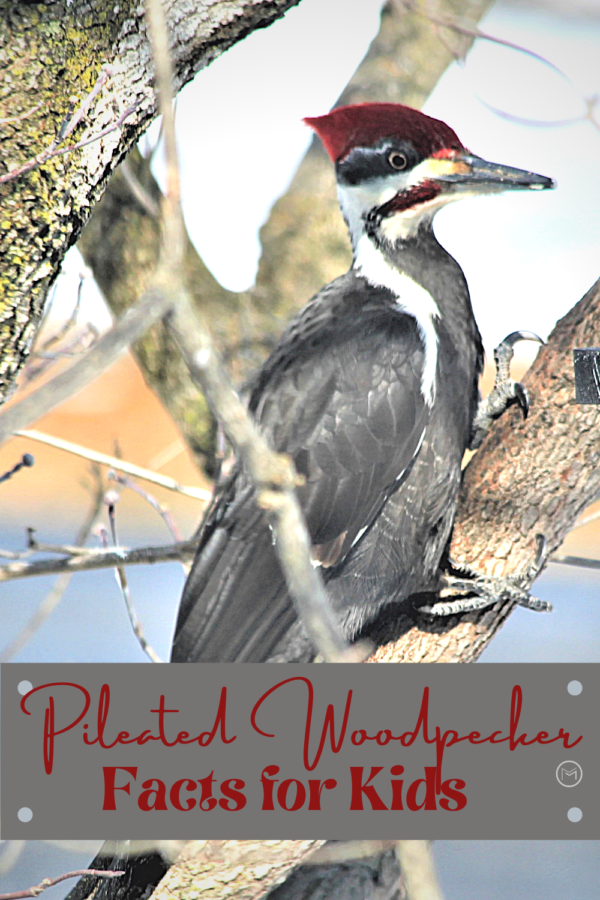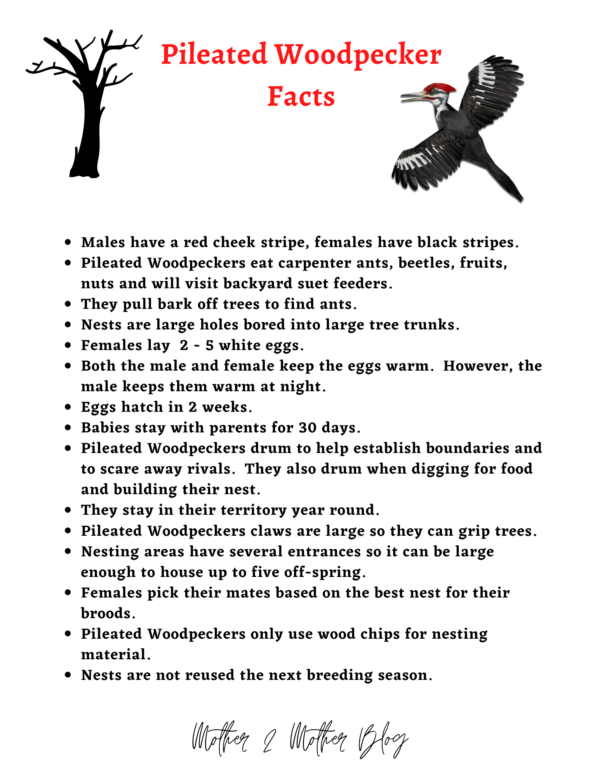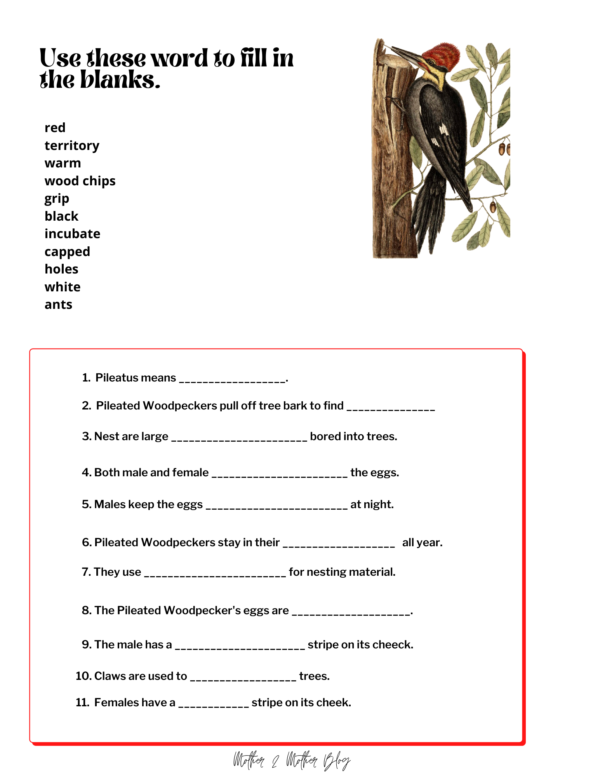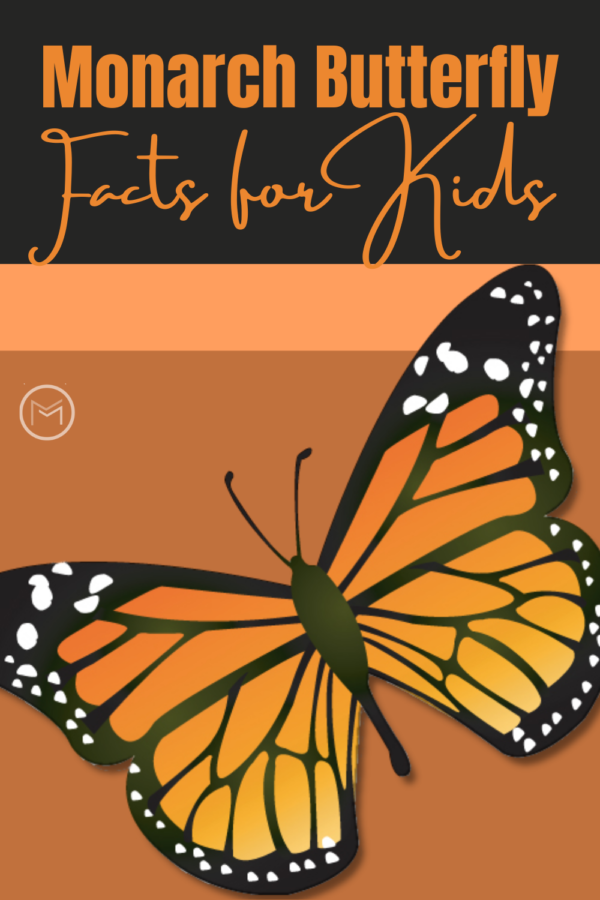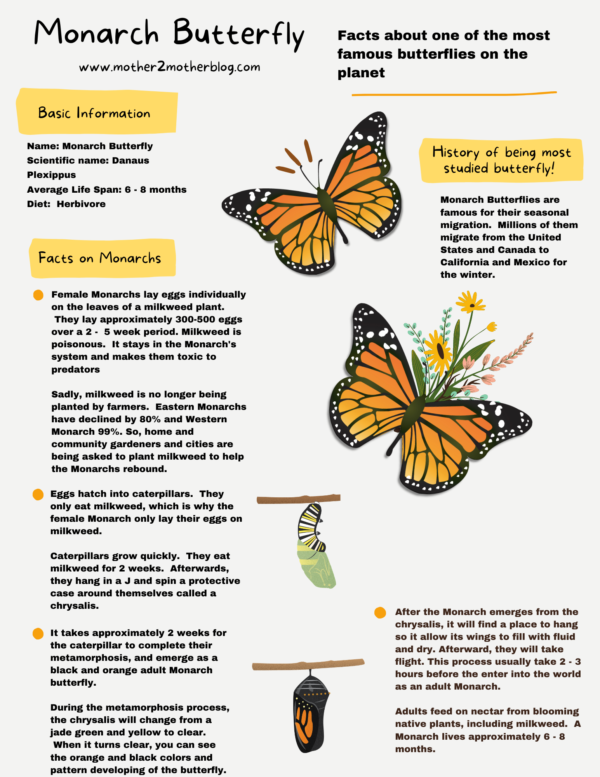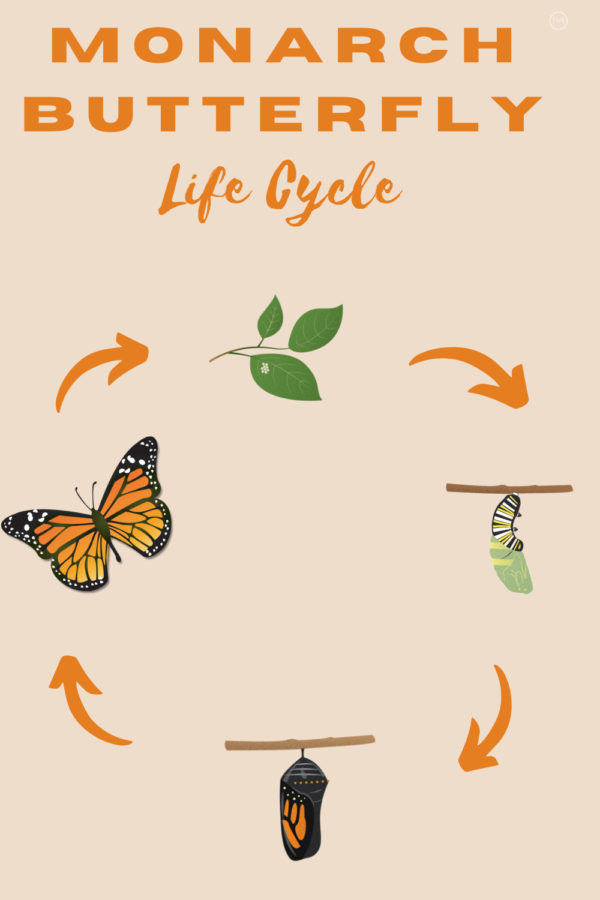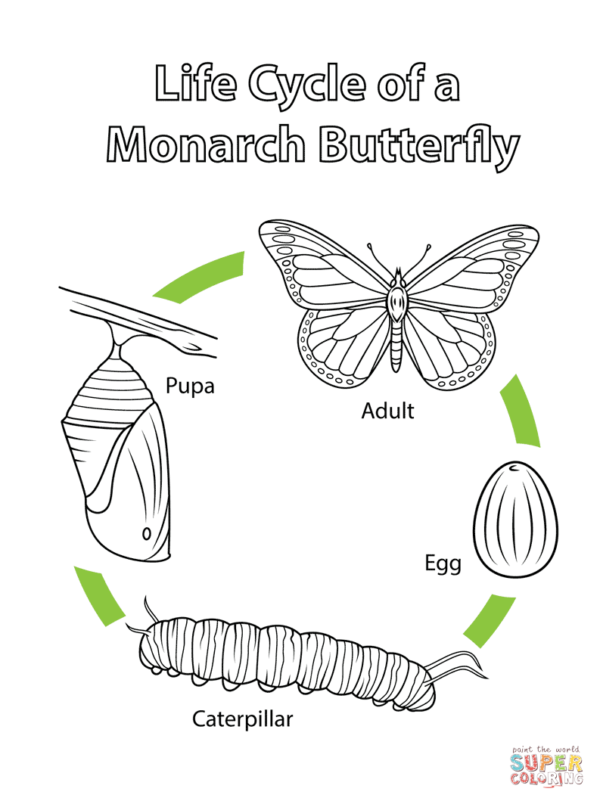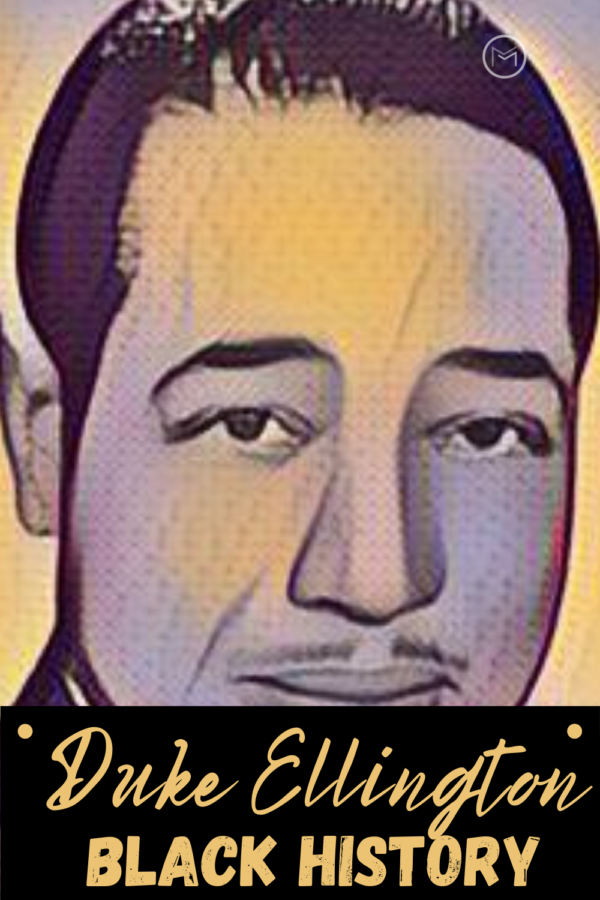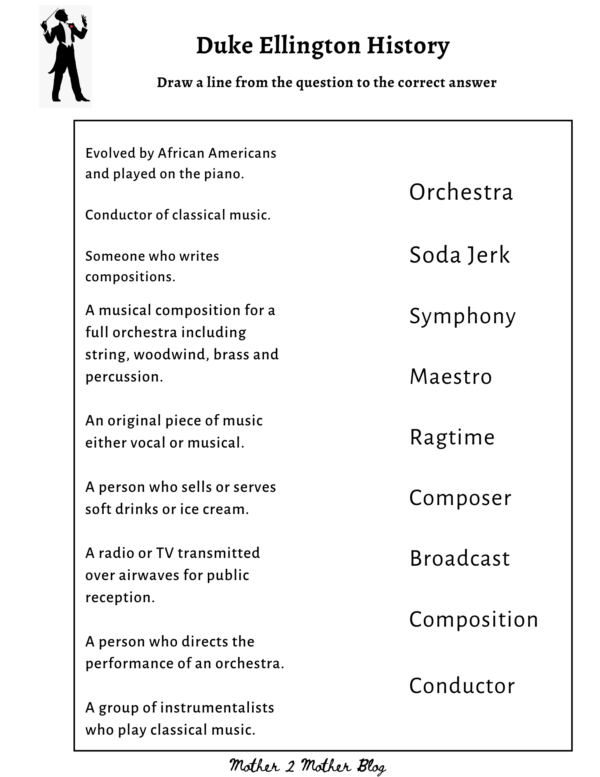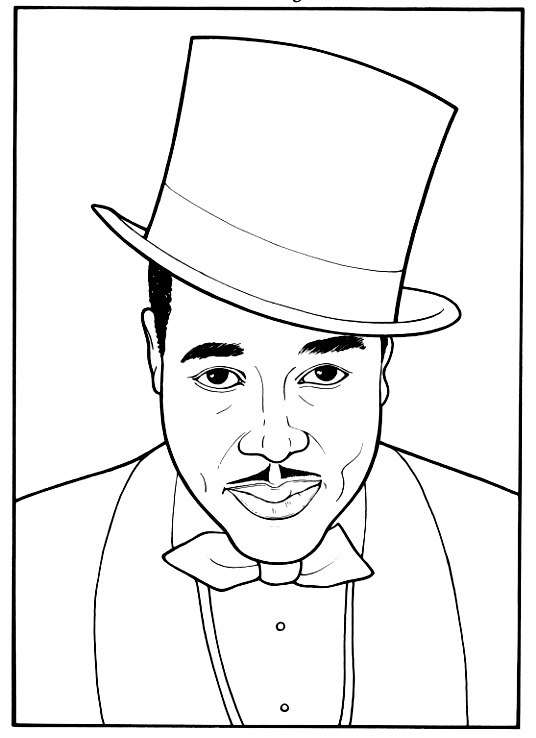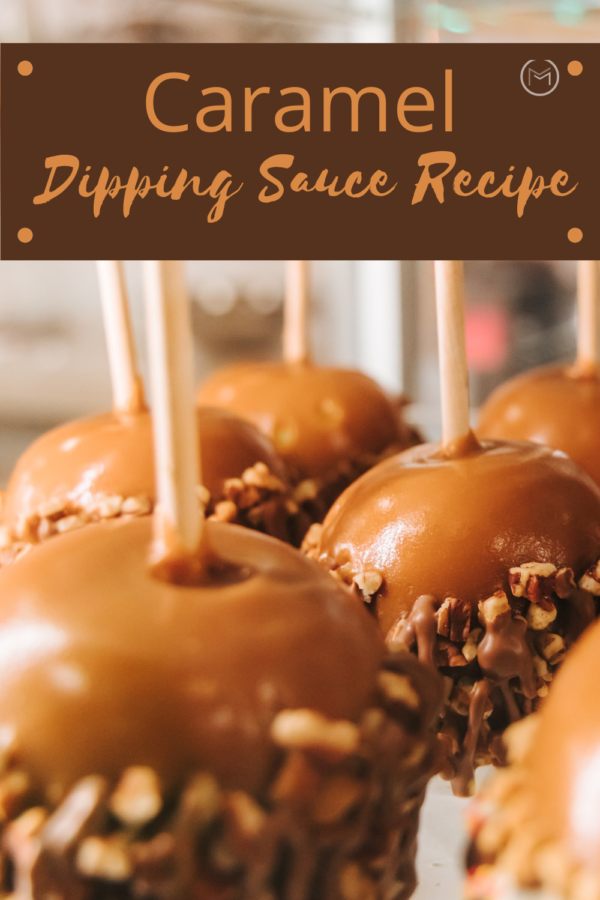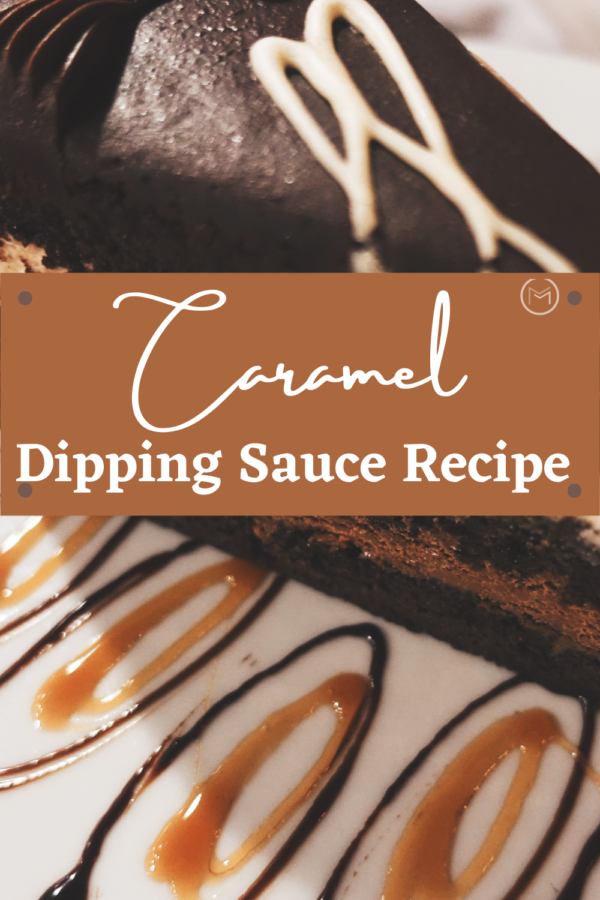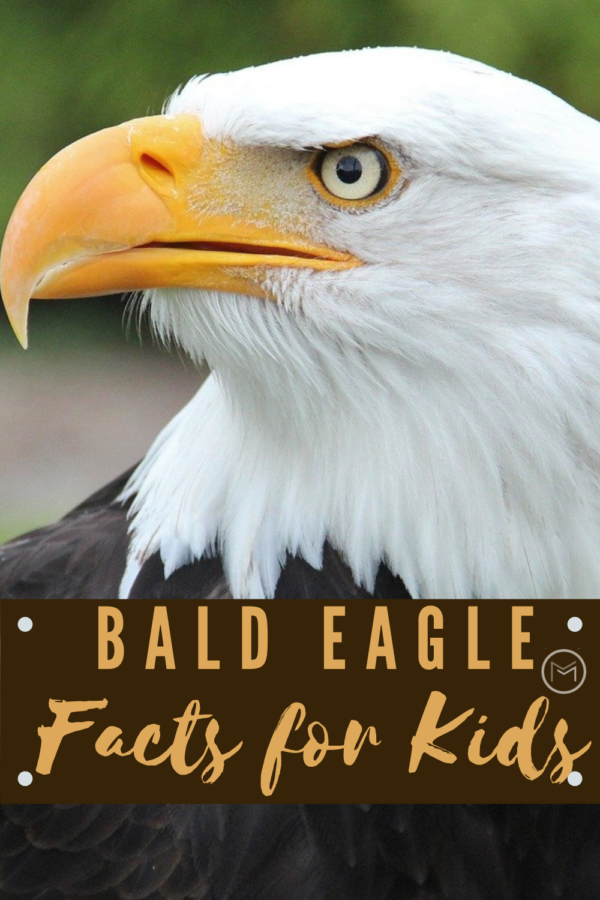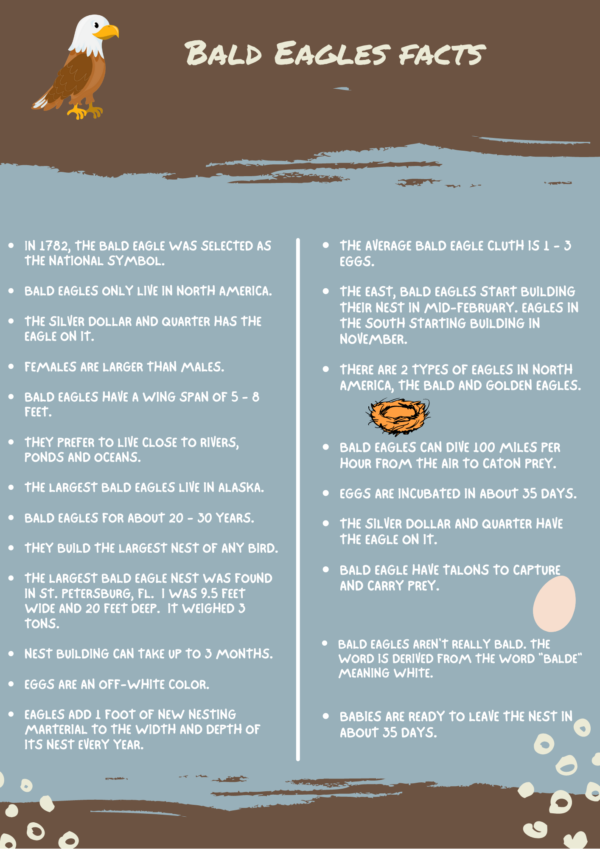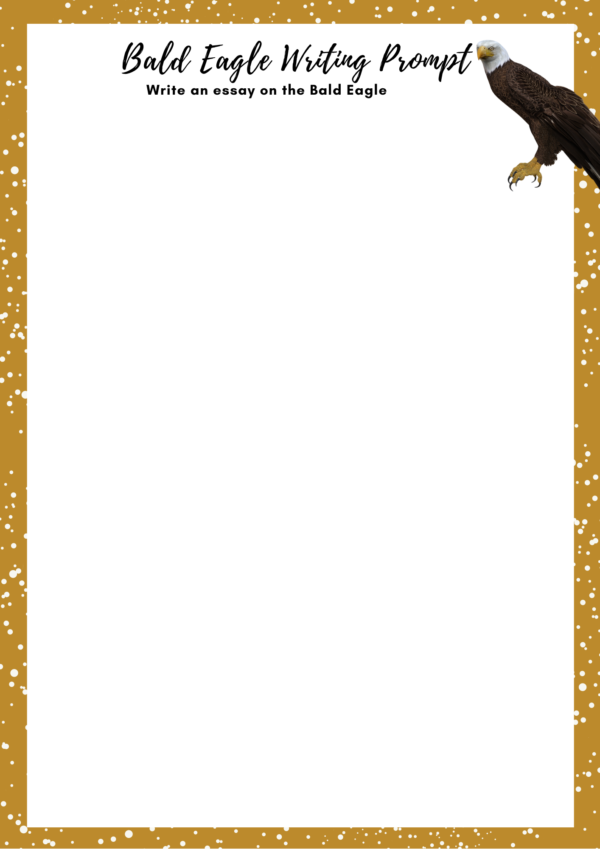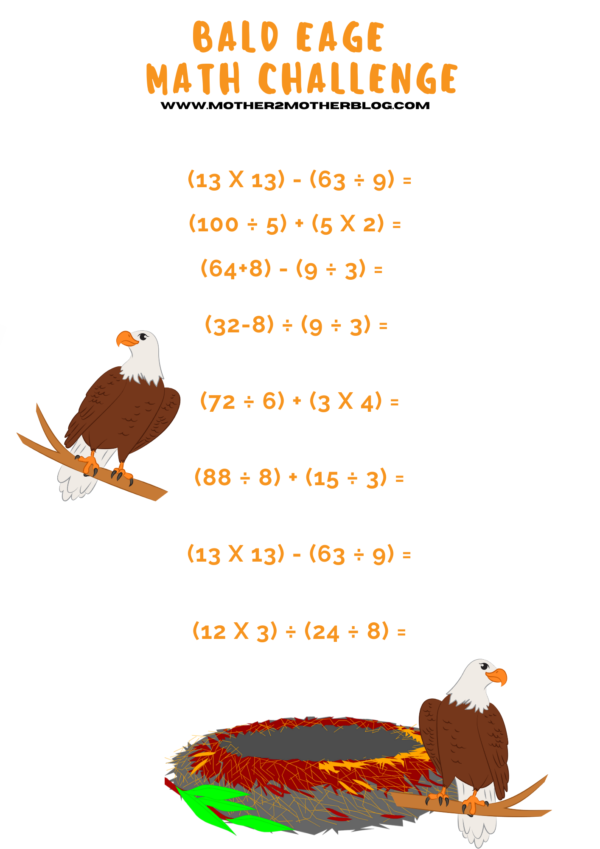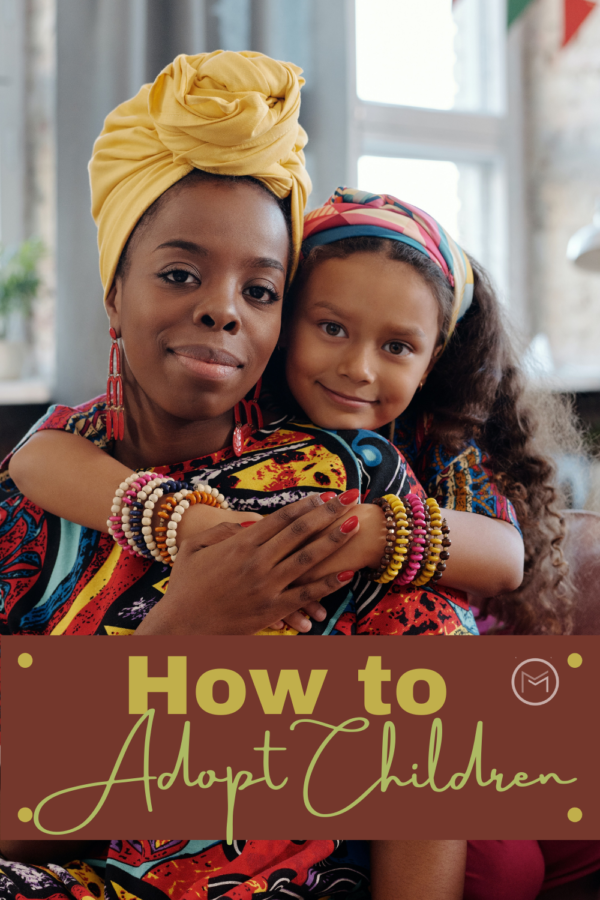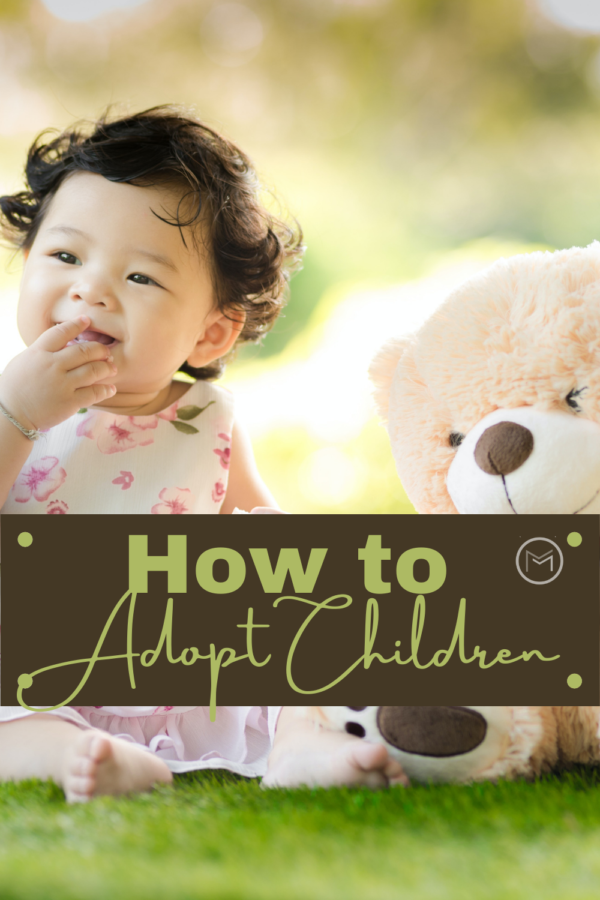Today, I’m sharing kids printables on Native American Tepee Activities for kids. So, there are over 5.6 million Native Americans in the United States with 574 tribes. Alaska, Oklahoma, New Mexico, South Dakota and Montana have the largest number of Native Americans. The Navaho is the largest tribe in the United States.
Some of the most popular Native American housing included wigwams, adobes, long houses, grass houses and the teepee. Today, we’re going to look at Native American teepees. The teepee was used by the Native American Indians of the Great Plains. The tribes included Crow, Sioux, Cheyenne, Blackfoot, Arapaho, Comanche, Osage, and Shawnee.
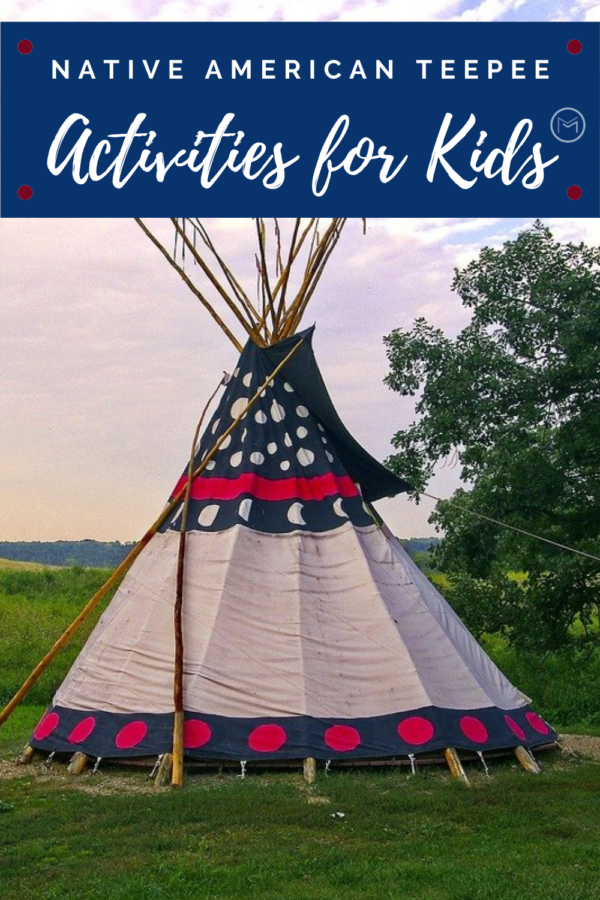
Teepee Activities for Kids:
- First, each Native American tribes selected the type of housing that was suitable for their lifestyle.
- The teepee was the most suitable housing for Native Americans of the Great Plains because of its mobility.
- The Great Plains Native American tribes followed and hunted buffalo.
- When it was time to move on to the next herd of buffalo, tribes dismantled the teepees. Tribes could dismantle a teepee in 1 hour.
- Furthermore, the Lakota (Sioux) invented the teepee.
- Teepees were made of buffalo hides and long poles.
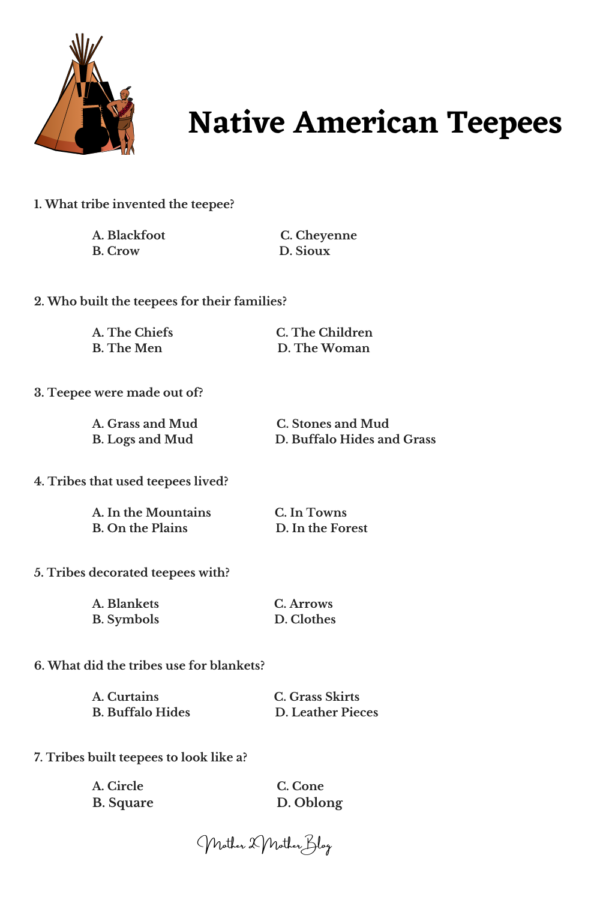
- Next, women from each family built the teepees.
- Teepees were shaped like cones because it made it difficult for the teepees to blow over.
- The men of the tribe provided the buffalo hides to the women and the poles used to hold it together.
- Additionally, grass helped keep teepees warm in the winter.
- Furthermore, fires heated teepees.
- A hole at the top of the teepee was used to let out smoke.
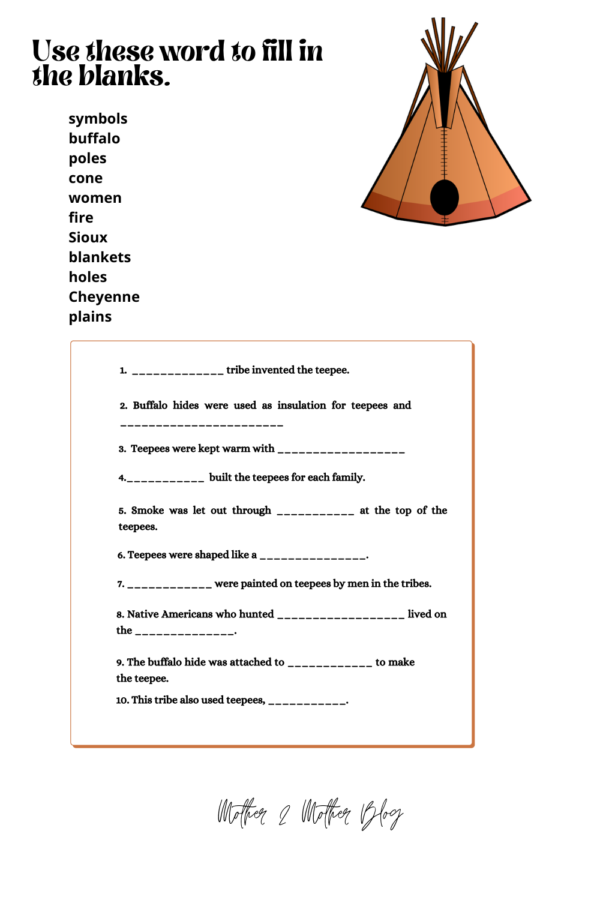
- Tribes used buffalo hides as blankets too.
- Additionally, thick buffalo hides insulated teepees.
- Tribes closed teepees at the top when it rained.
- Each teepee had an entrance for entering and to help with airflow.
- Also, tribes built tepees in circles to represent the circle of life.
- If the flap of the tepee is open it is an invitation to enter. Otherwise, the person must make an announcement and wait for an invitation.
- Tribes decorated their teepees with tribal symbols, animals, and Gods. Symbols included the sun, moon, deer, antelope, buffalo, lightning and more.
- Finally, men painted the symbols on the teepees to showcase their accomplishments.
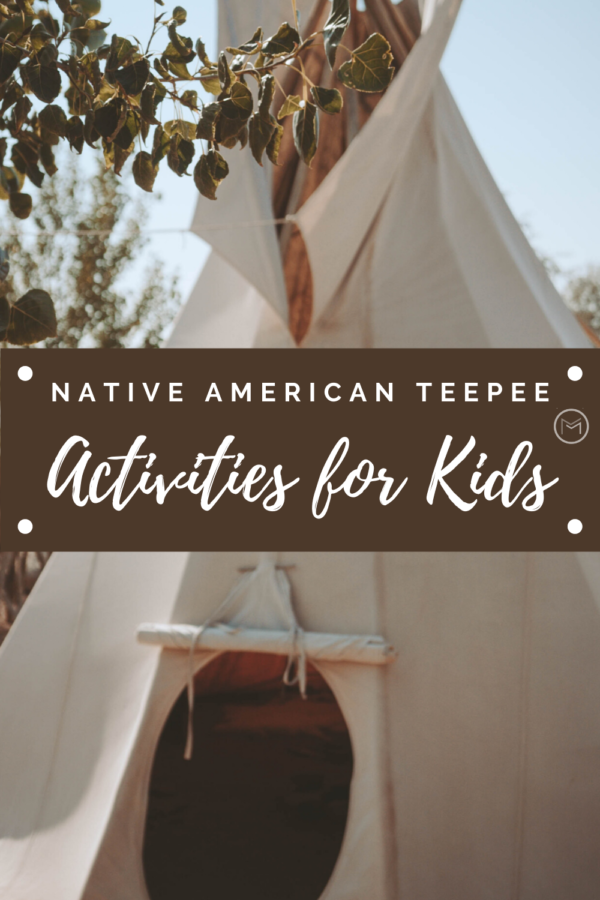
Teepee Craft Ideas for Kids:
Also, check out I Heart Crafty Things Faux Teepee Craft .
Fantastic Fun and Learning Teepee Crafts.
Make and Takes Paper Teepee Decorations
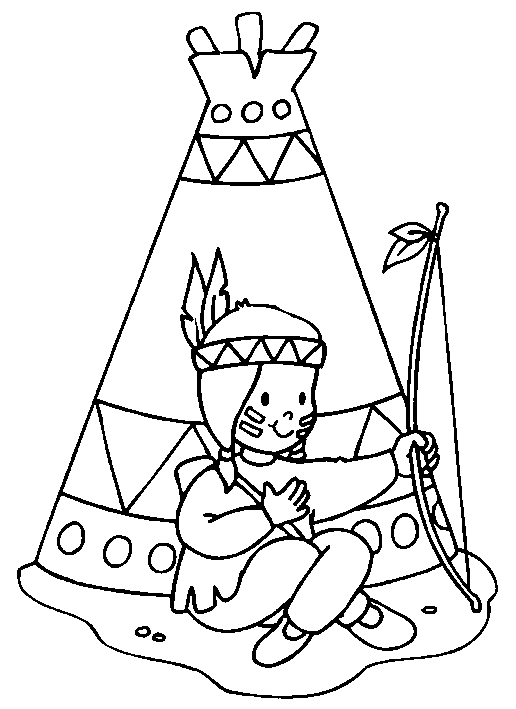
Finally, I hoped you enjoyed these teepee activities for kids. This unit includes a teepee crafts, teepee word search, coloring pages, and a fill in the blank work sheet. Use them as a part of your homeschool unit on Native Americans or extra homework activities. You can download the printables here:
